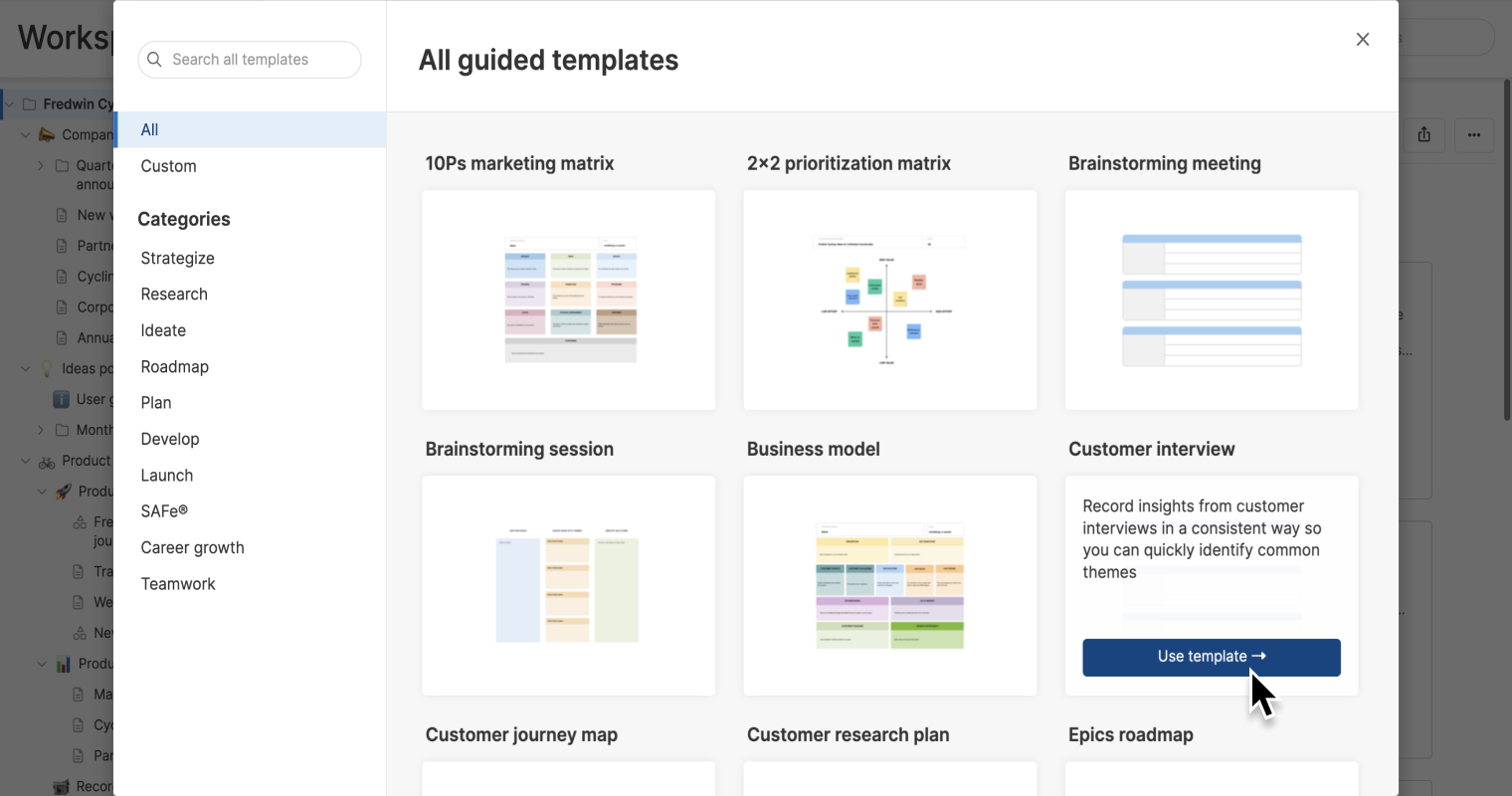
The journey from a blank page to a groundbreaking idea can be intimidating | Photo by Jodi B Photography
How product managers beat writer's block
I write a lot. You already know this if you subscribe to my newsletter on LinkedIn, read the Aha! blog regularly, or have checked out my book. As much as I enjoy sharing my perspective with others and learning from the feedback readers share, the exercise of writing is what I value most. It is a process of deep thought and distillation. Powerful stuff when you are seeking clarity. But some of my most important words are never published publicly — the behind-the-scenes writing about the products Aha! builds.
Ideation is at the heart of product development. The thoughts you capture, express, and refine are what become the products that people love.
I always say that creating anything new requires creativity, curiosity, and courage. Those who can harness the vision that forms in their imagination and bring it to life are experts in all three. No product comes fully formed from your mind though. You need an influx of information that you can mash about to find what will deliver the most value to everyone involved.
Most of the product managers I know seek this process daily. But it can be hard to carve out time to create — between product team meetings, presentations to stakeholders, keeping the roadmap moving forward, and responding to questions from teammates and customers. When you do find a few precious moments to think about the future, getting started is tough.
The journey from a blank page to a groundbreaking idea can be intimidating. Often the longer you focus on the empty page, the emptier your mind becomes.
I know this frustration well. Most of the team at Aha! have been there too. When we were thinking about how we could serve product managers next, we knew that creating, collaborating, and committing what you imagine to action was an important area where we could deliver unique value.
We took all of our experiences planning and building products, and funneled that knowledge into Aha! Notebooks — which is purpose-built for product teams who want to rewrite their own playbook for success. Here are five ways that you can use our guided templates to beat the blank page today:
Start with an outline
Beginning from scratch is daunting. Sometimes I will dump my raw thoughts into a blank note as bullet points. But I always like to sketch out my thinking in an outline as soon as possible, especially if I am exploring a totally new concept. Once I hit a critical mass of content I organize it by type. We made a requirements template that contains all of the critical information you will need — whether you are working on a net-new product or defining a feature. The nice thing about this template is that you can leave sections blank but hold space for that information when you gather it.
Start using the PRD template now
Try the brain calm
Brainstorming is often a waste of time. I am not a fan of the term — the Aha! team will tell you this. And if you have suffered through an amorphous brainstorming session that yielded little that was actionable, then you might be nodding your head too. I prefer a calm approach to a storm. The most benefit from group ideation comes when you use a tight meeting agenda and provide specific instructions to participants (even if you work asynchronously).
Start using the brainstorming meeting template and brainstorming session template now
Map it out
Pattern identification helps reveal deeper insights. It can also reveal gaps or assumptions that need further refining. A mind map encourages you to start from a central theme and then expand outwards — finding connections between concepts and even spotlighting solutions that would have taken longer to find without the tether of the map. This template allows you to tell a visual story with your ideas.
Start using the mind map template now
Make it personal
Empathy drives successful products. Our team is in a unique position where we build products for fellow product builders. Even still, I often begin with persona work when I want to kickstart ideation. If the customers you serve are very different from you (or you are not able to use your own product in a meaningful way), then personas provide a grounded place to start from — provided that you are engaging directly with users to fill out the template. No guessing, just talk to them.
Start using the persona template now
Get feedback fast
All ideas need validating. Do not spin for too long in isolation. Pull in your colleagues to get feedback sooner than later. I find that you can get the best feedback when you give people a structure that allows folks to offer both positive and critical reactions. A simple pros and cons template with the addition of recommendations is ideal for this task. Plus, folks can work together in the template in real time.
Start using the pros and cons template now
Ideation is a fundamental skill that belongs to everyone — product managers hold a great responsibility, but are not alone. Collaboration can be effective when done right.
Pages are rarely blank for long. Aim for quality over quantity — not every idea is a winner despite what others may tell you. Embrace critical thinking and focus on discerning the good from the bad. And let me know which templates you try from the list or which ones you would like us to develop next.
Our template library includes 40+ templates for brainstorming ideas, scoping business models, laying out early product roadmaps, and so much more.




